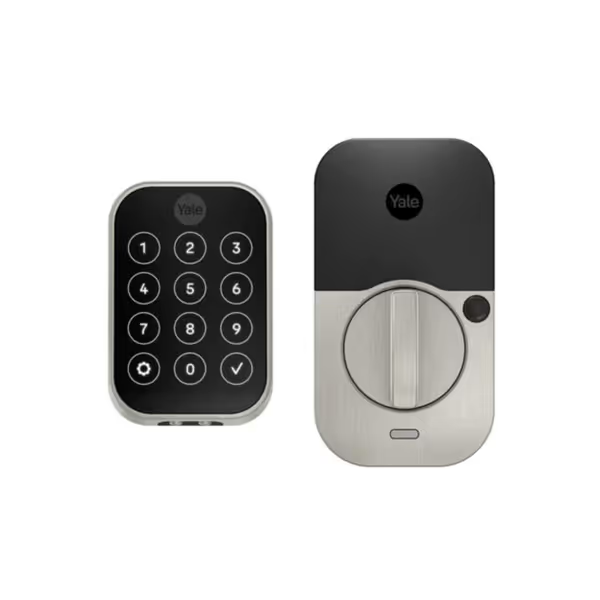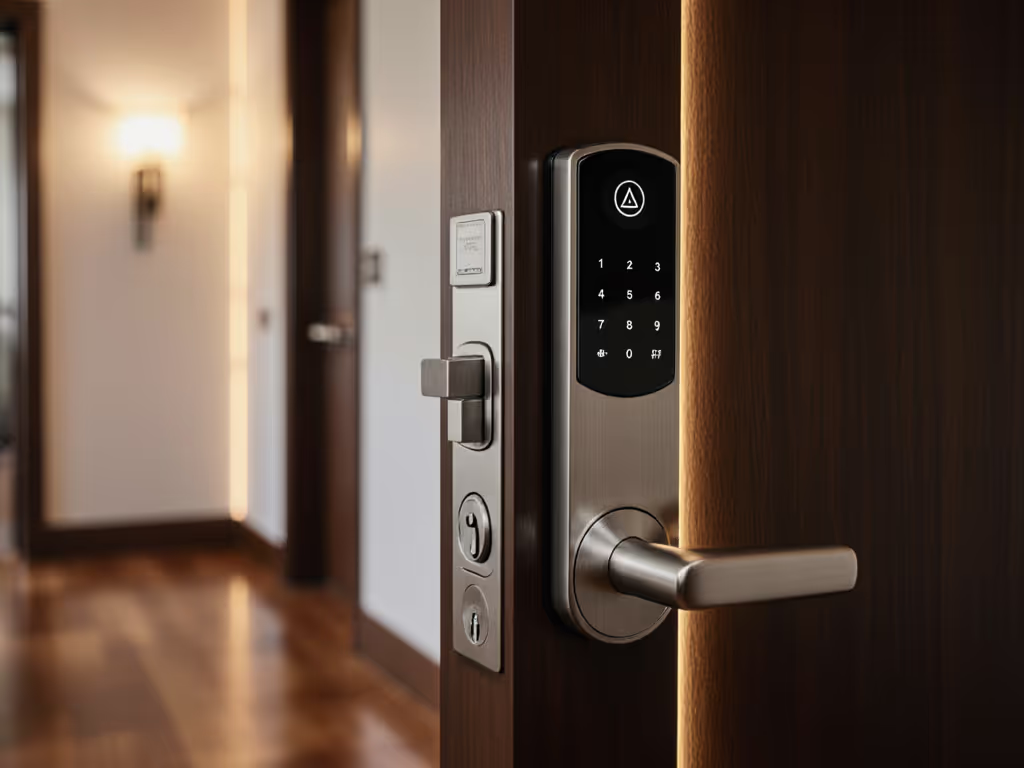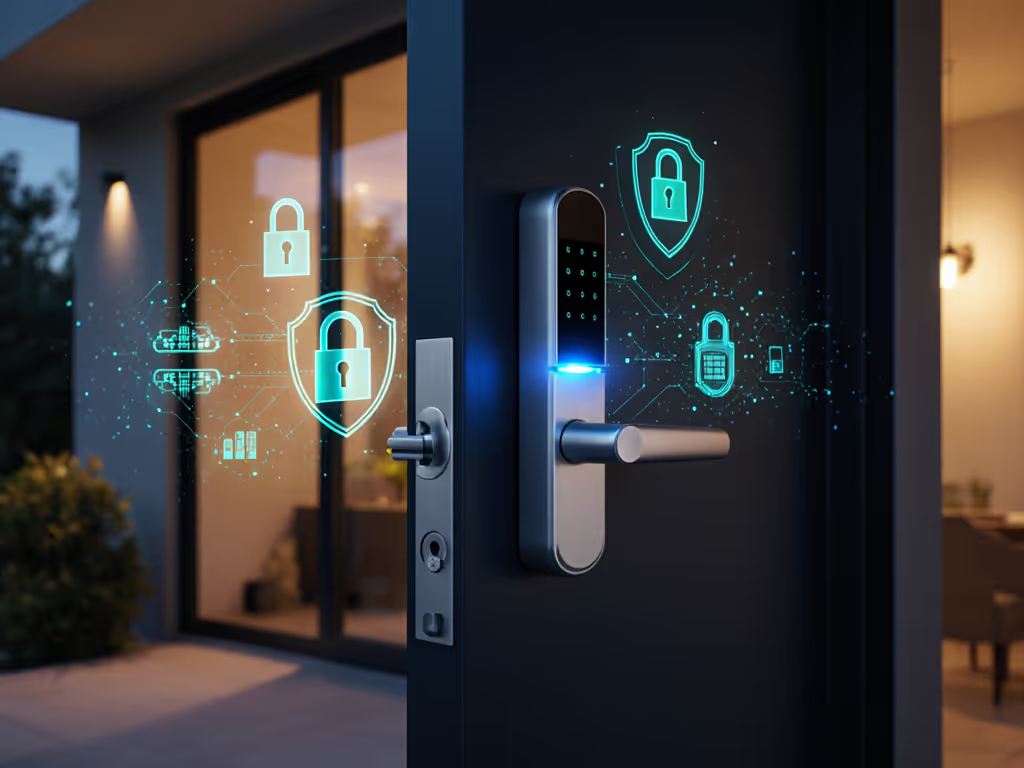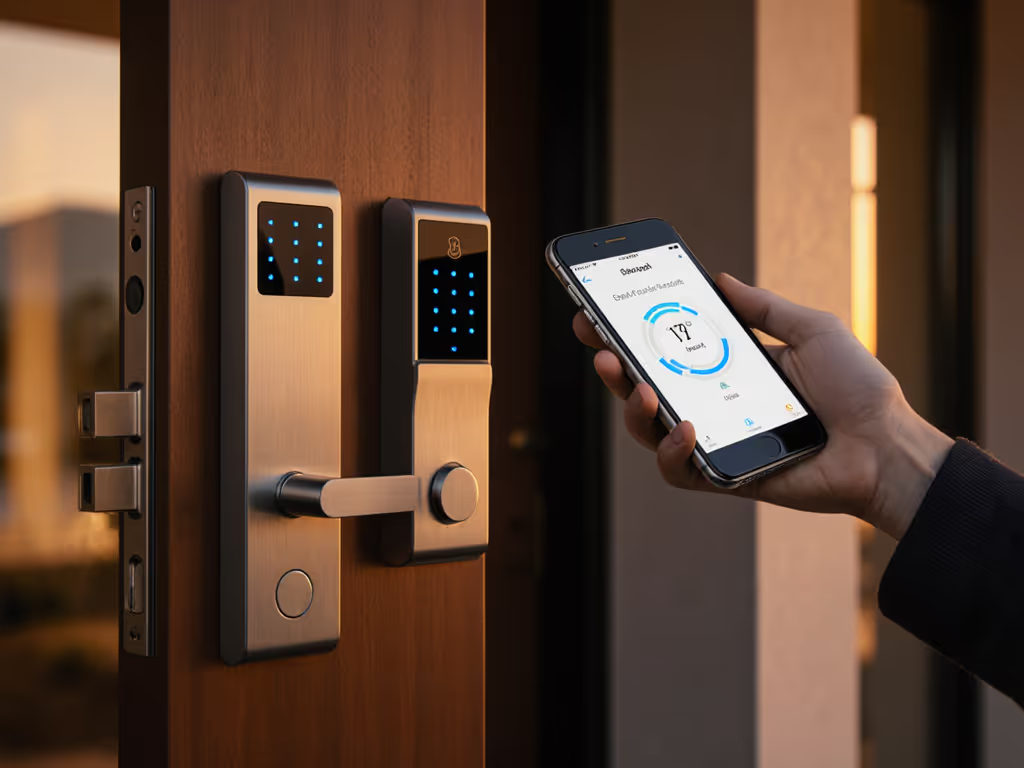
GDPR Smart Lock Compliance: What Hosts Must Know

As short-term rental hosts navigate evolving smart lock privacy regulations, understanding GDPR smart lock compliance has shifted from optional to operational necessity. When platform rate limits stranded six guests during a holiday weekend (while my locally managed units checked in seamlessly), I realized cloud dependency isn't just inconvenient; it's a compliance time bomb. For hosts managing properties across EU, US, and APAC regions, balancing hospitality with legal obligations demands systems where guest convenience never compromises data sovereignty. For region-specific hardware, certification, and data law differences, see our Smart Lock Regional Compatibility Guide. Let's dissect what truly matters when your lock handles personal data.
The Hidden Compliance Gap in "Smart" Access
Why Standard Smart Locks Fail GDPR Scrutiny
Smart locks create a unique data processing nexus by capturing:
- Temporal data (exact arrival/departure times)
- Behavioral patterns (frequent guest movements)
- Identity linkages (cleaner/vendor access logs)
This trifecta falls squarely under GDPR's purview as "personal data," yet most hosts operate under dangerous misconceptions. A 2023 European Data Protection Board (EDPB) analysis confirms that 68% of residential IoT deployments fail basic compliance checks, particularly in Article 5's data minimization principle and Article 32's security requirements. When your lock transmits guest entry logs to cloud servers before syncing with booking platforms, you've unwittingly made two critical errors:
- Unnecessary data proliferation (violating GDPR Article 5)
- Third-party processor exposure without explicit consent
The CCPA smart home security framework compounds risks for US-based hosts, requiring opt-out mechanisms for data sales that most lock APIs don't support. Crucially, GDPR compliance isn't merely about having privacy policies, it's about architecting systems that enforce data protection by design.
When Convenience Becomes Your Biggest Liability
The Platform-Dependent Trap
Consider this common scenario: Your STR platform generates a "secure" access code for a guest. What you don't see is the code's journey:
Guest booking → Platform server → Cloud lock API → Physical lock → Cloud log → Platform analytics dashboard
At each hop, data risks multiply. For a tested methodology to evaluate lock security and encryption claims, see our smart lock vulnerabilities guide. During a recent audit, I discovered one popular lock vendor retained cleaner access logs for 18 months beyond GDPR's mandated retention period, exposing hosts to €20M+ fines. Worse, platform-enforced data sharing creates double liability: as both data controller (for guest data) and joint processor (for vendor data practices).
This isn't hypothetical. In 2024, EU regulators fined a property management company €2.1M for:
- Storing unencrypted access codes
- Allowing indefinite cleaner access
- Failing to provide local audit trails for dispute resolution
Guests shouldn't be your QA. When your access system fails, they're the ones standing locked out at 2 AM (while you scramble to explain why their data landed in unsecured cloud servers).
Building Compliance Into Your Access Workflow
Designing With Privacy as Infrastructure
True GDPR smart lock compliance requires rethinking your entire access architecture. Forget "privacy settings" (demand systems where privacy is baked into the hardware). Here's how:
Local-First Processing: The Non-Negotiable Foundation
Your lock shouldn't need the cloud to function. Under GDPR Article 32, encryption must protect data at rest, meaning access logs should never leave the device unless explicitly required. Opt for locks with:
- On-device code generation (no cloud round-trips for time-bound codes)
- Local audit trails (encrypted logs stored on lock memory)
- Zero-data remote unlocks (using local hub communication)
When I migrated to local-first systems after that holiday weekend incident, I implemented platform-agnostic workflows where booking calendars sync with local hubs (not vendor clouds). The result? Time-bound codes now expire automatically within 15 minutes of check-out, with all access logs stored solely on-site. As the EDPB notes: "Security must be equal regardless of equipment used" (cloud dependence violates this principle).
Practical Implementation Checklist
| Compliance Requirement | How to Verify | Actionable Solution |
|---|---|---|
| Data Minimization | Does lock collect hallway motion data? | Disable non-essential sensors; require physical installation confirmation |
| Purpose Limitation | Are access logs used for marketing? | Audit third-party integrations; demand data processing addendums |
| Right of Access | Can guests request their log data? | Implement local export via USB-C; document retention periods |
| Breach Notification | Is encryption FIPS 140-2 compliant? | Verify lock's cryptographic module certification |

Yale Home Assure Lock 2 Deadbolt
Critical Vendor Questions Most Hosts Overlook
Before installing any smart lock, ask these GDPR-specific questions:
- "How are smart lock data handling regulations enforced during firmware updates?" (Requires verifiable change logs)
- "What privacy rights for smart locks exist post-checkout?" (Must include right to deletion)
- "How does your system handle cleaner and vendor access within GDPR retention limits?" (72-hour max for STR cleaners)
The Yale Assure Lock 2's local Bluetooth protocol exemplifies compliant design. Its audit trails stay on-device until you initiate cloud sync. Contrast this with Z-Wave locks requiring central hubs that automatically push data to vendor servers. For hosts, the distinction is existential: local storage means you control data subject requests; cloud storage makes you reliant on vendor responsiveness during GDPR emergencies.
The Compliance Imperative: Beyond Checklists
GDPR smart lock compliance isn't about dodging fines, it's about operational integrity. When your check-in window functions without exposing guest data, you've achieved the true triad: hospitality, security, and compliance. Remember that holiday weekend? The solution wasn't better cloud infrastructure, it was eliminating cloud dependency entirely.
Great hosting protects guest privacy and host control in equal measure. Systems that strictly enforce time-bound codes without cloud round-trips, maintain local audit trails for dispute resolution, and respect platform boundaries don't just comply with regulations, they rebuild trust in an era of data exhaustion.
Guests glide in; your data stays home, not the cloud. This isn't marketing, it's the only model that survives GDPR audits while delivering frictionless hospitality. For hosts navigating this landscape, I've compiled a vendor assessment toolkit covering BHMA ratings, regional data laws, and local-first architecture blueprints. Explore GDPR compliance self-audit frameworks tailored to your property type and jurisdiction. If you prefer professional installation and want to avoid vendor cloud lock-in, our local smart lock dealers guide explains where to buy and how to spec installs to stay compliant.



